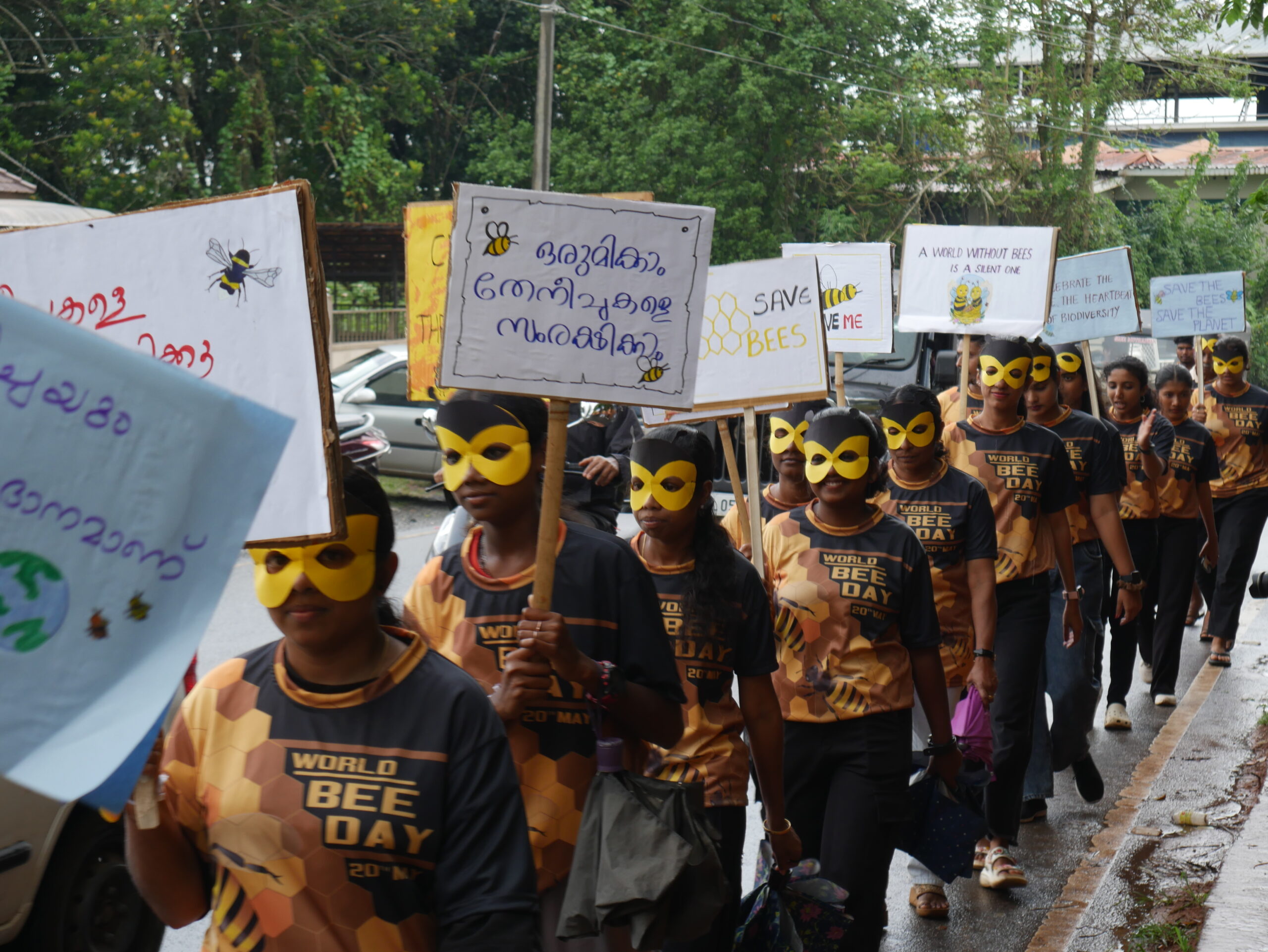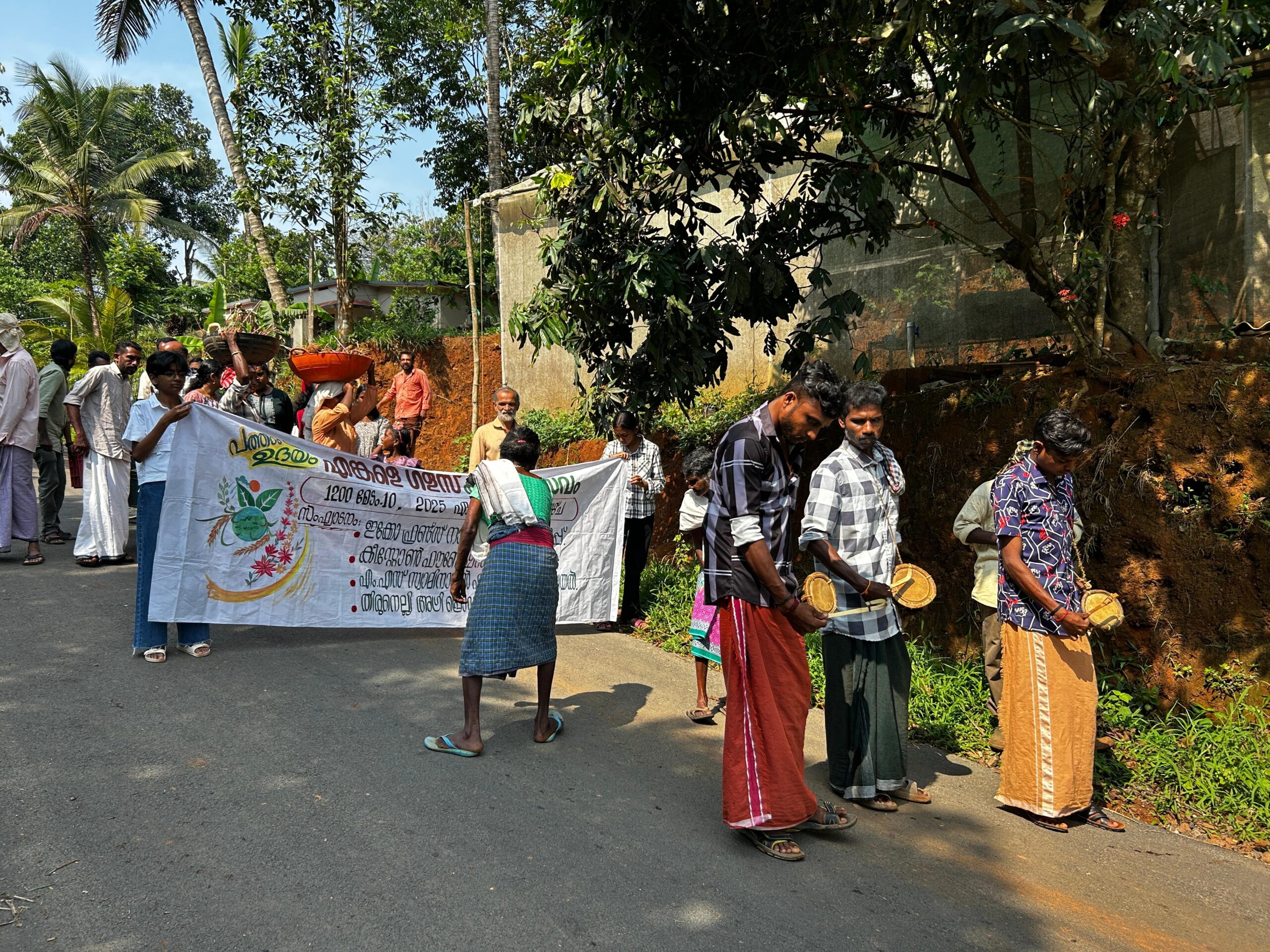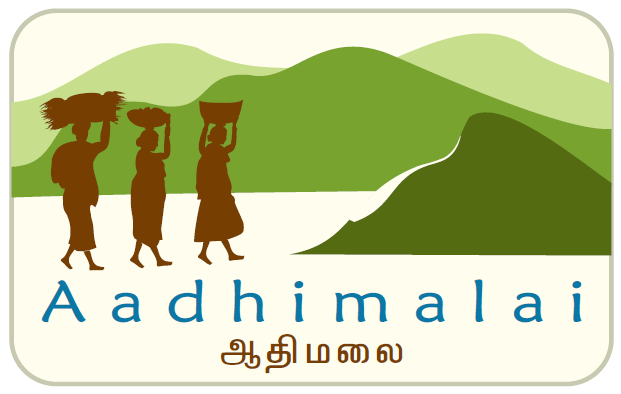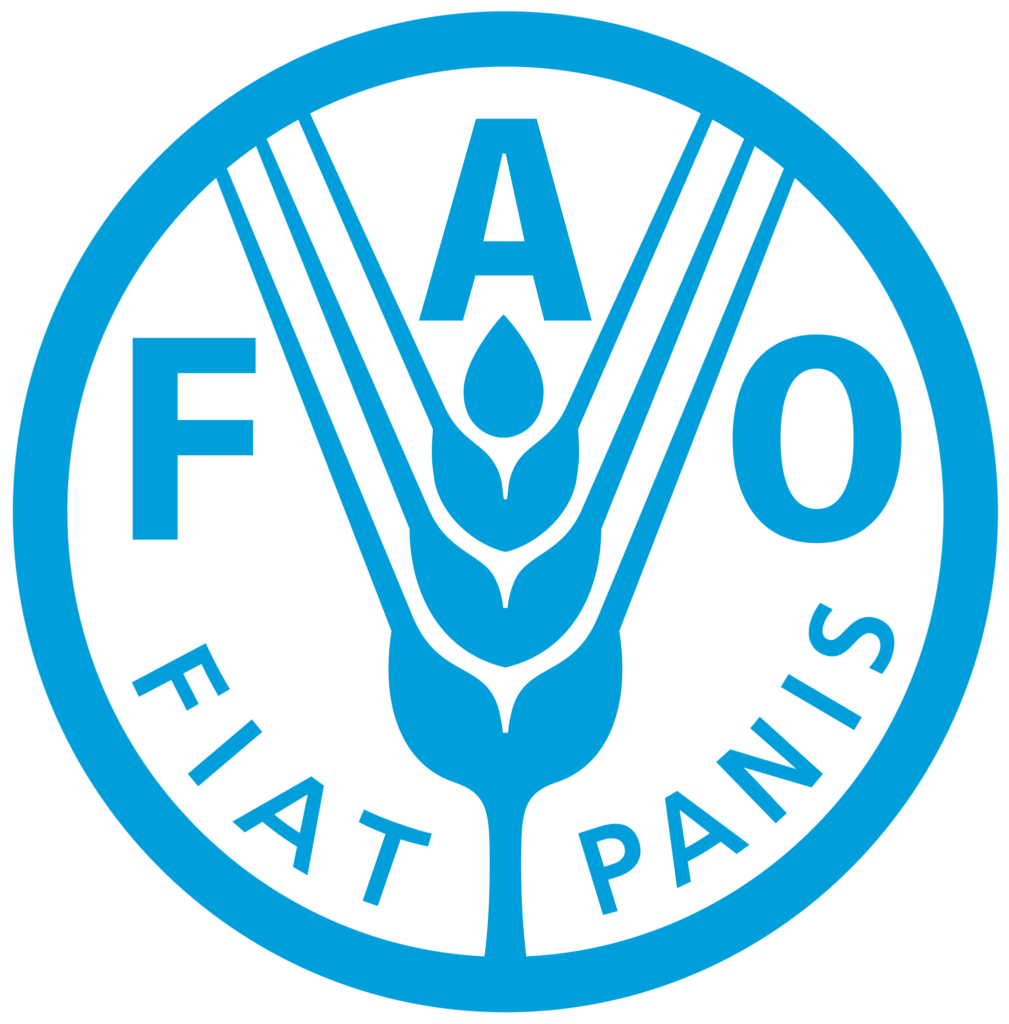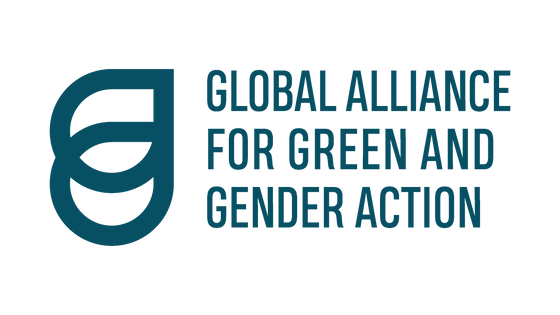By Rabiullah Md,Community Wellbeing
Access to clean and safe drinking water is a basic need and right for every person. To ensure this, we have implemented a Water Quality Monitoring System in Chota Palma village, Badapaktari Panchayat, and Sundarpahari block of Godda district on 29/01/2025. This initiative plays an important role in protecting the health of the local population by checking the quality of drinking water regularly.
Monthly Water Testing
Under this system, Every month, water stewards test the water from local handpumps, river, springs, pipeline supply water and wells. They check key water quality parameters like:
- pH Level: Ensures that the water is not too acidic or alkaline. Ideal drinking water should have a pH between 6.5 and 8.5.
- TDS (Total Dissolved Solids): Measures the concentration of minerals and salts. High TDS can affect the taste and safety of water.
- Temperature: Water temperature impacts microbial growth and chemical reactions.
- Coliform Bacteria: Presence of these bacteria indicates contamination by human or animal waste, which can cause serious diseases.
Regular water testing helps detect contamination at an early stage, enabling the community to take timely action. As a result, villagers are becoming more aware of the importance of clean drinking water and are actively reporting any issues they observe. This consistent monthly monitoring plays a vital role in reducing waterborne diseases and represents a significant step toward a healthier future for the people of Godda.
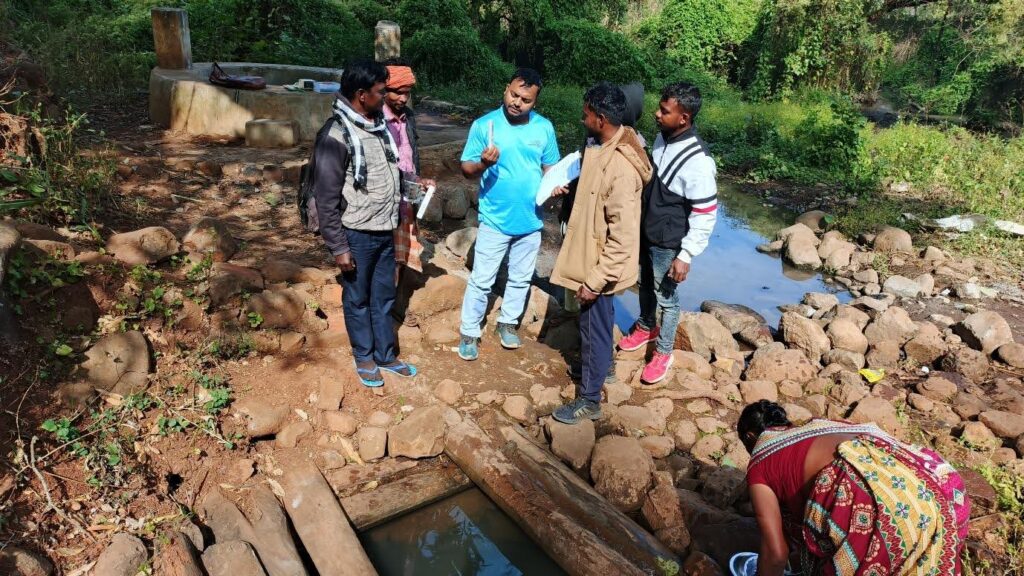
Community Awareness and Benefits
The team conducts water tests and actively educates the community on the importance of clean and safe drinking water. They encourage villagers to report any signs of dirty or foul-smelling water. Upon detecting harmful bacteria or high TDS, they quickly advise residents to boil the water or use chlorine tablets.
Outcome
This system is already showing positive results. It helps in early detection of water contamination, reduces waterborne diseases, and builds trust in the water supply system. The people of Chota Palma, Badapaktari, and Sundarpahari are now more informed and empowered to demand clean water.
This model can serve as an example for other rural areas working to improve their water safety and public health.


